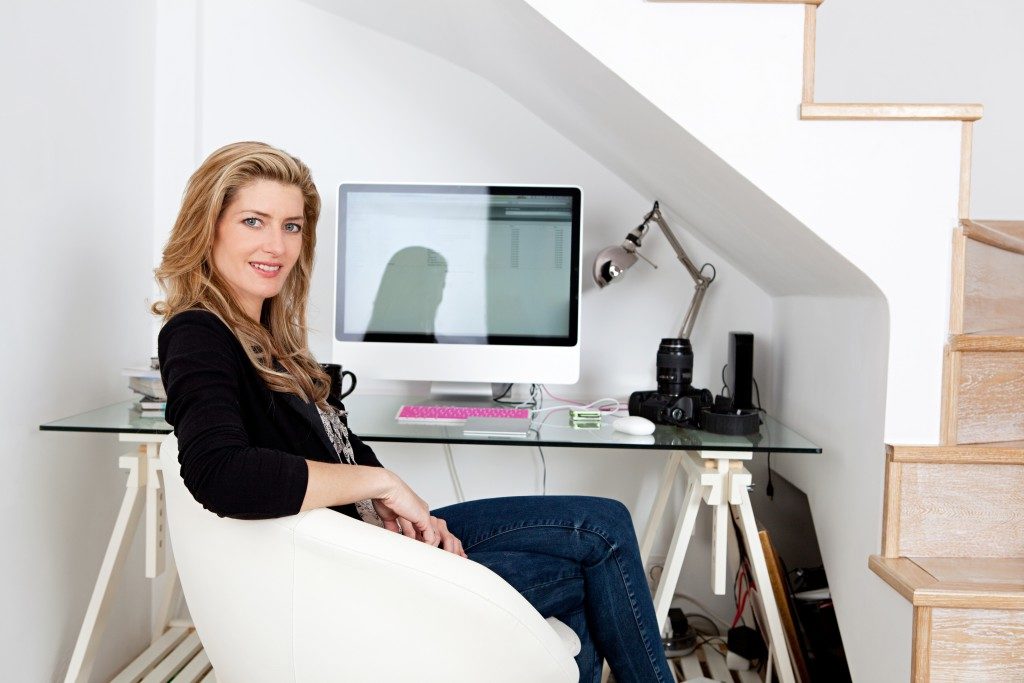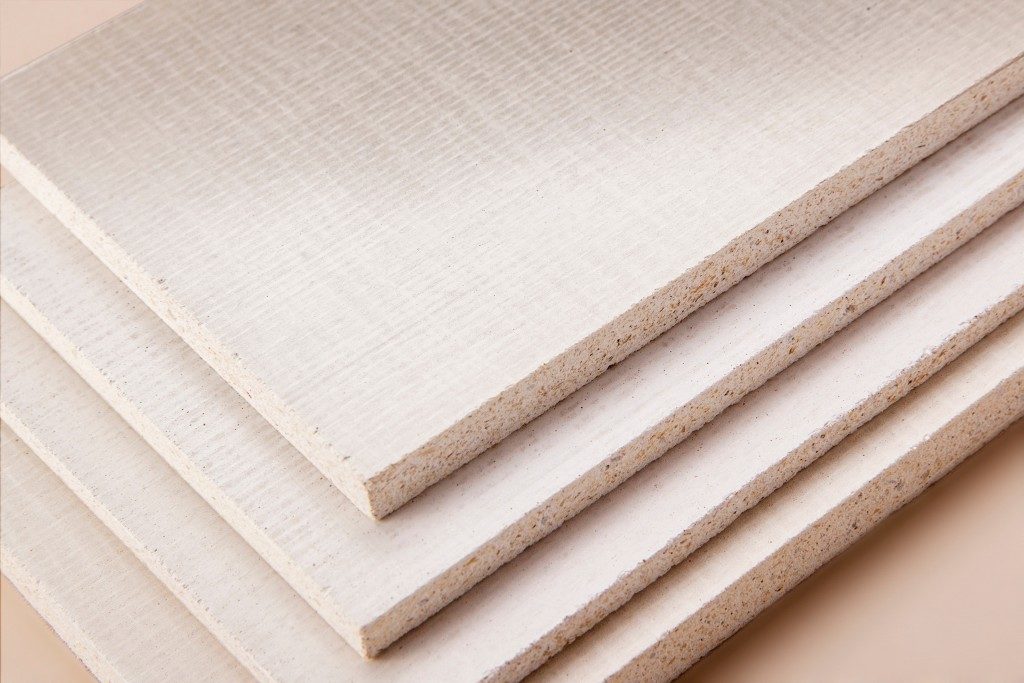The work from home experience has surprisingly brought forth issues of depression. At first, many of us were quite happy that we no longer need to rush our morning rituals and fight our way to packed trains and buses. The pajama and sweatshirt office garb became an inspiration for clothing brands. But eventually, it became exhausting.
Set boundaries between personal and workspaces, and detach from personal distractions, mental health experts advised. Unfortunately, this became impossible for many of us who were caught unprepared. We worked on our kitchen counters while preparing meals for the family. We worked on our laptops in front of a muted television set. We slept in until the last second we had to log in for work and directly pulled out our laptops from our bedside desks. Everything became so mixed that we don’t know how to delineate personal time from work time anymore.
So how can we solve this without knowing when this health issue will be resolved? The best we could do for now is to go through the motions of going to the office.
If you have a spare room at home, you can convert it into your office. Make it clear to your family members that you are not to be disturbed when you’re in there. If it’s too distracting to work inside the home, build an extra room outside. This is even better because the space is entirely detached from your living areas. We have a few tips in building a cheap backyard office fast.
Walls
Use prefabricated panels. You could opt to buy a prefabricated small house but to make it cheaper and more suited to your needs, design it yourself. Prefabricated panels give you the flexibility to determine the size and shape of your office. Materials for these panels may vary, and of course, your option would also impact on their final cost. However, factoring in labor costs, even if the material you choose would be a bit expensive, it would still be more efficient than having to build the room with the usual cement, hollow blocks, and steel.
You could also opt for industrial steel walls. There are even home designs that use corrugated sheets for their walls. This option, however, is only viable in cool areas. Steel reflects but also holds in heat. If your area has different seasons, be sure to line the inside walls of the room with something cool. But that defeats the objective of building a cheap room.
Roofing

Metal roofing is the quickest and cheapest option in the market. Properly installed, it can endure different seasons. You could add paint to make it even more durable. Because it doesn’t weigh much, your prefabricated walls could also be thinner, and thus cheaper, as they wouldn’t have to support a heavy roof.
Metal roofs are also great to repel rain and snow as their surfaces are slippery. Just make sure that the panels are properly interlocked so that there would be no leaks. You could also layer the insides of the roof with thermal insulation pads so that the heat from the sun would not overpower your room below.
Flooring
Fresh concrete is a good option for flooring. It’s cheap and has a no-nonsense look. Industrial designs are popular nowadays, and they employ bare concrete for flooring. However, if you plan to demolish the room later, it would be a hassle having to remove this kind of base. You could opt, instead, to have raised floors and use industrial steel. To make it more presentable and cancel out the noise it makes when you walk on them, you can just cover it with a nice but cheap carpet.
Shipping containers
There is also the option of renovating a shipping container. You will already have your walls, roof, and flooring with the container. You simply have to clean it, cut out windows and doors, and install cooling and heating systems. The only disadvantage it will have is the space as containers are rather narrow. The container office is not advisable for hot places as the bare steel structure would make you feel like you are being oven-baked in the sun.
It might be tempting to choose this option because of the coming cool seasons but think beyond winter. Later on, if you wouldn’t need a home office, you could convert it into a den, a music or reading room, or even a child’s playhouse.
There are other materials you could opt for your room. There’s reclaimed timber, recycled waste materials, earth, and if you plan on a permanent structure, maybe even use bricks. But the point of everything is that you will have a separate space for work. Don’t make it too cheap that you would be uncomfortable in there. Remember that the working environment will impact your productivity.


